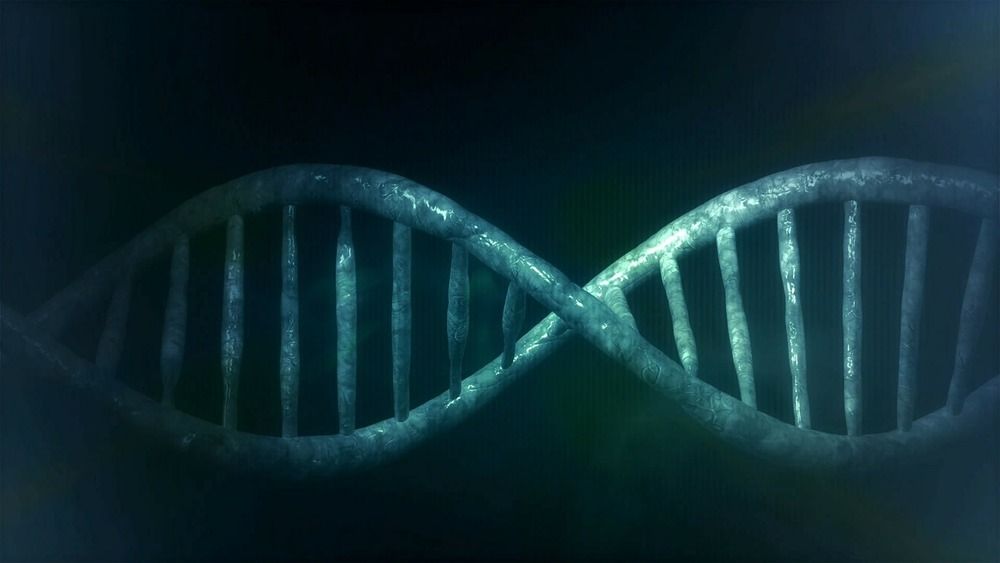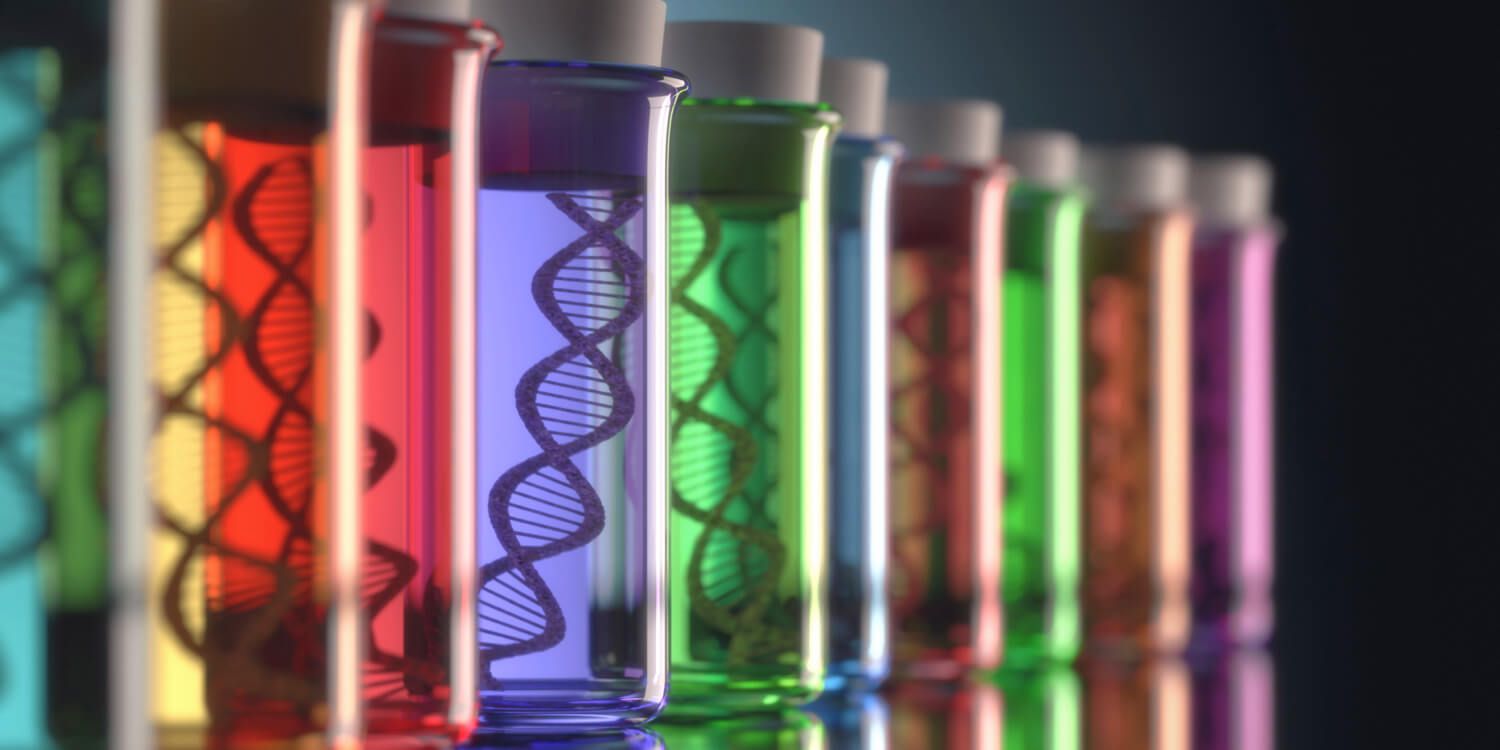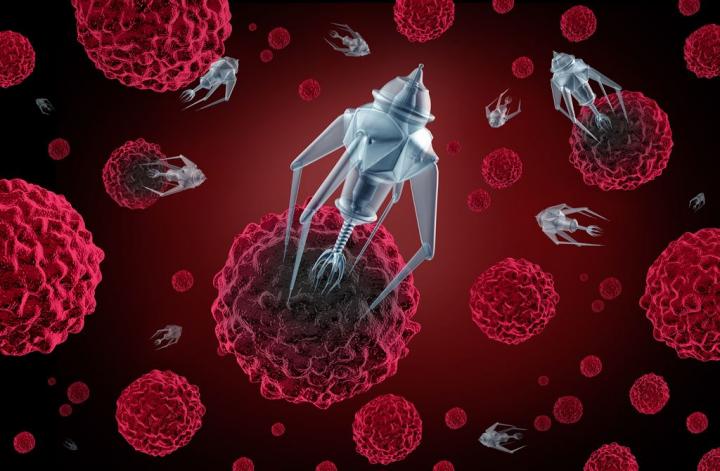And Can We Use Them To Improve Health and Longevity
Junk DNA may play a critical role in the creation of new DNA.

And Can We Use Them To Improve Health and Longevity
Junk DNA may play a critical role in the creation of new DNA.

In April 2015, a paper by Chinese scientists about their attempts to edit the DNA of a human embryo rocked the scientific world and set off a furious debate. Leading scientists warned that altering the human germ line without studying the consequences could have horrific consequences. Geneticists with good intentions could mistakenly engineer changes in DNA that generate dangerous mutations and cause painful deaths. Scientists — and countries — with less noble intentions could again try to build a race of superhumans.
Human DNA is, however, merely one of many commercial targets of ethical concern. The DNA of every single organism — every plant, every animal, every bacterium — is now fair game for genetic manipulation. We are entering an age of backyard synthetic biology that should worry everybody. And it is coming about because of CRISPRs: clustered regularly interspaced short palindromic repeats.
Discovered by scientists only a few years ago, CRISPRs are elements of an ancient system that protects bacteria and other single-celled organisms from viruses, acquiring immunity to them by incorporating genetic elements from the virus invaders. CRISPRs evolved over millions of years to trim pieces of genetic information from one genome and insert it into another. And this bacterial antiviral defense serves as an astonishingly cheap, simple, elegant way to quickly edit the DNA of any organism in the lab.
Until recently, editing DNA required sophisticated labs, years of experience, and many thousands of dollars. The use of CRISPRs has changed all that. CRISPRs work by using an enzyme — Cas9 — that homes in on a specific location in a strand of DNA. The process then edits the DNA to either remove unwanted sequences or insert payload sequences. CRISPRs use an RNA molecule as a guide to the DNA target. To set up a CRISPR editing capability, a lab only needs to order an RNA fragment (costing about $10) and purchase off-the-shelf chemicals and enzymes for $30 or less.

Using a double layer of lipids facilitates assembly of DNA origami nanostructures, bringing us one step closer to future DNA nanomachines, as in this artist’s impression (credit: Kyoto University’s Institute for Integrated Cell-Material Sciences)
Kyoto University scientists in Japan have developed a method for creating larger 2-D self-assembling DNA origami nanostructures.
Current DNA origami methods can create extremely small two- and three-dimensional shapes that could be used as construction material to build nanodevices, such as nanomotors, in the future for targeted drug delivery inside the body, for example. KurzweilAI recently covered advanced methods developed by Brookhaven National Laboratory and Arizona State University’s Biodesign Institute.

GDF 11 has been publicised as another fountain of youth molecule, but with contradictory findings, does it live up to the hype, or could it be potentially harmful? It could be a bit of both.

A growing number of tech moguls are trying to solve their biggest problem yet: aging.
From reprogramming DNA to printing organs, some of Silicon Valley’s most successful and wealthy leaders are investing in biomedical research and new technologies with hopes of discovering the secret to living longer.
And their investments are beginning to move the needle, said Zoltan Istvan, a futurist and transhumanist presidential candidate.
Everyone’s Heard Of The Ice Bucket Challenge For ALS, But We’re Just Beginning To Understand What Causes It.
Publicised in the recent ‘ice bucket challenge’, Amyotrophic lateral sclerosis (ALS), also known as Lou Gehrig’s Disease, is a crippling, degenerative condition — but what actually causes it? It may be a transport breakdown, created by blocked nuclear pores.

The human being — especially in so-called “advanced civilizations” — is the animal that molds itself into its own pet.
Peter Sloterdijk is Germany’s most controversial thinker and media theorist. He has dared to challenge long-established divisions in traditional philosophy of body and soul, subject and object, culture and nature. His 1999 lecture on “Regulations for the Human Park,” in which he argued that genetic engineering was a continuation of human striving for self-creation, stirred up a tempest in a country known for Nazi eugenics. At the same time, he himself has concluded that “the taming of man has failed” as civilization’s potential for barbarism has grown ever greater. His seminal books include “Critique of Cynical Reason” and his trilogy, “Spheres.”
At a recent Berggruen Center on Philosophy and Culture symposium on humans and technology at Cambridge University’s St. John’s School of Divinity, The WorldPost discussed with Sloterdijk the end of borders between humans and technology, the cloud, singularity and identity in the age of globalization.
For years now, you have been arguing that a new type of being was coming into existence, as the human species fuses with its technological prosthetics — “anthropo-technology.” In this new being, man and machine are becoming one integrated, operative system linked by information.

Checkout the latest Longevity Reporter Newsletter (05th September, 2015), covering this week’s top news in health, aging, longevity.
This week: Dramatic Advances In Super-Resolution Imaging; This Stunning 3-D Model Provides A Fresh Perspective On Cancer; Want A Long Lifespan? You Need Stable Gene Networks; The Future Of Health: Precision Medicine; And more.

Your DNA contains a huge amount of information, and it’s getting cheaper and easier to sequence it every day. The problem now is not the sequencing, but what you can actually learn from the information — if you can at all. We’re pretty good at reading off the code nowadays, but the vast majority of it is still a mystery. While there are many companies that will sequence your DNA for a relatively cheap fee, there’s no unified platform directing you to companies who can actually make sense of the code for you; after all there’s not much use having information if you have no idea what it means. Starting with a $100 million investment and partners including Illumina (a world leader in sequencing), new company Helix aims to change this by building a sort of genome ‘App store’ — putting you in touch with your DNA.
Helix wants to act like a hub, connecting you with the right companies and enabling you to find out information you want on your very own genome. As sequencing expands, buoyed by the precision medicine drive, we’re learning more and more about our DNA. This platform hopes to bring all these developments together so that discoveries can trickle through to individuals at home trying to decipher their own genomes.
”Genomics is reaching an inflection point in cost, volumes, and knowledge, creating a significant opportunity to unlock information that is currently not widely accessible to individuals”